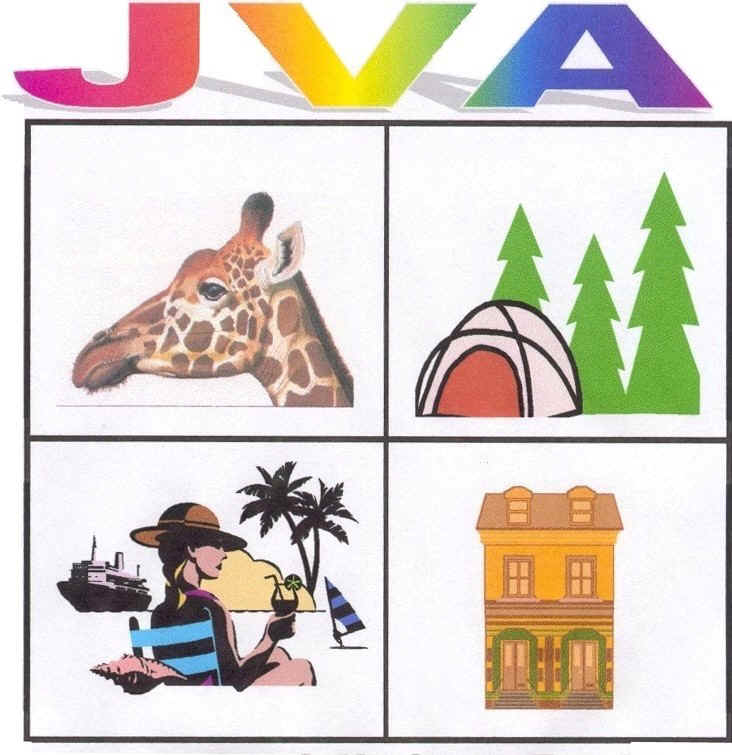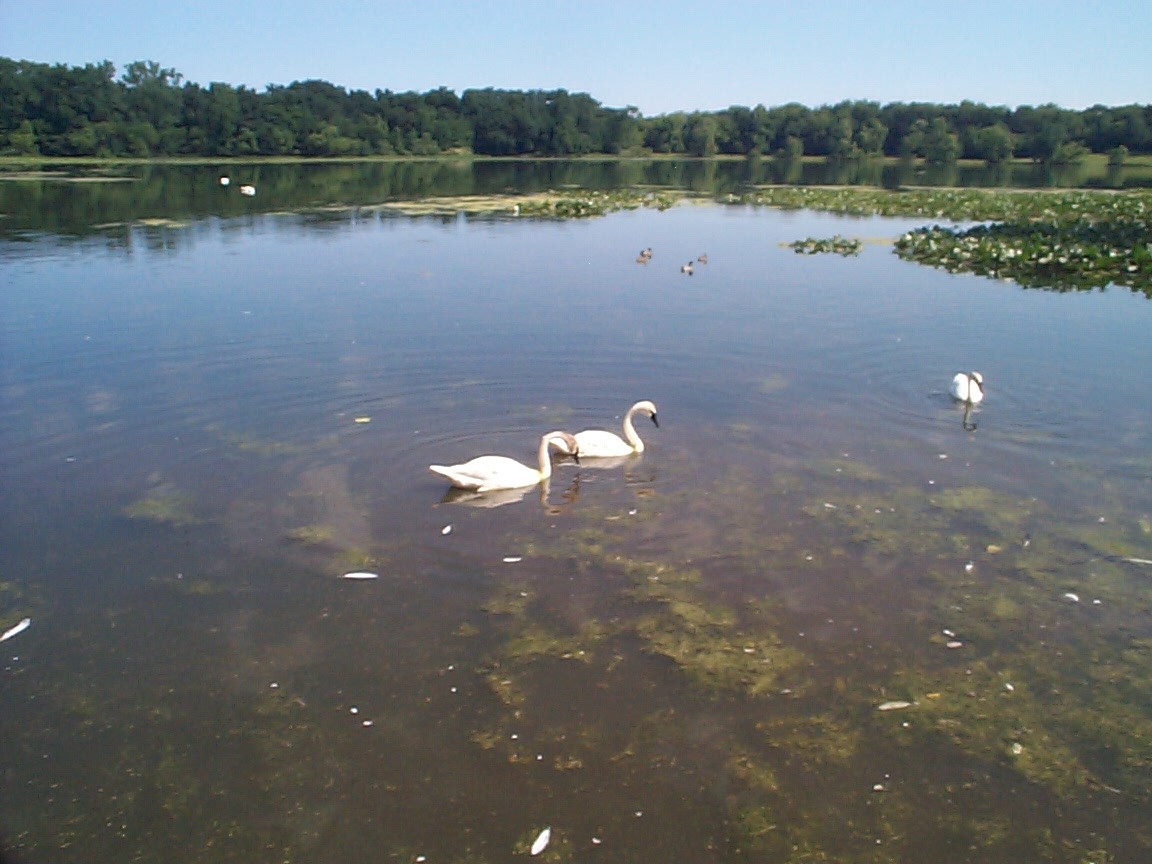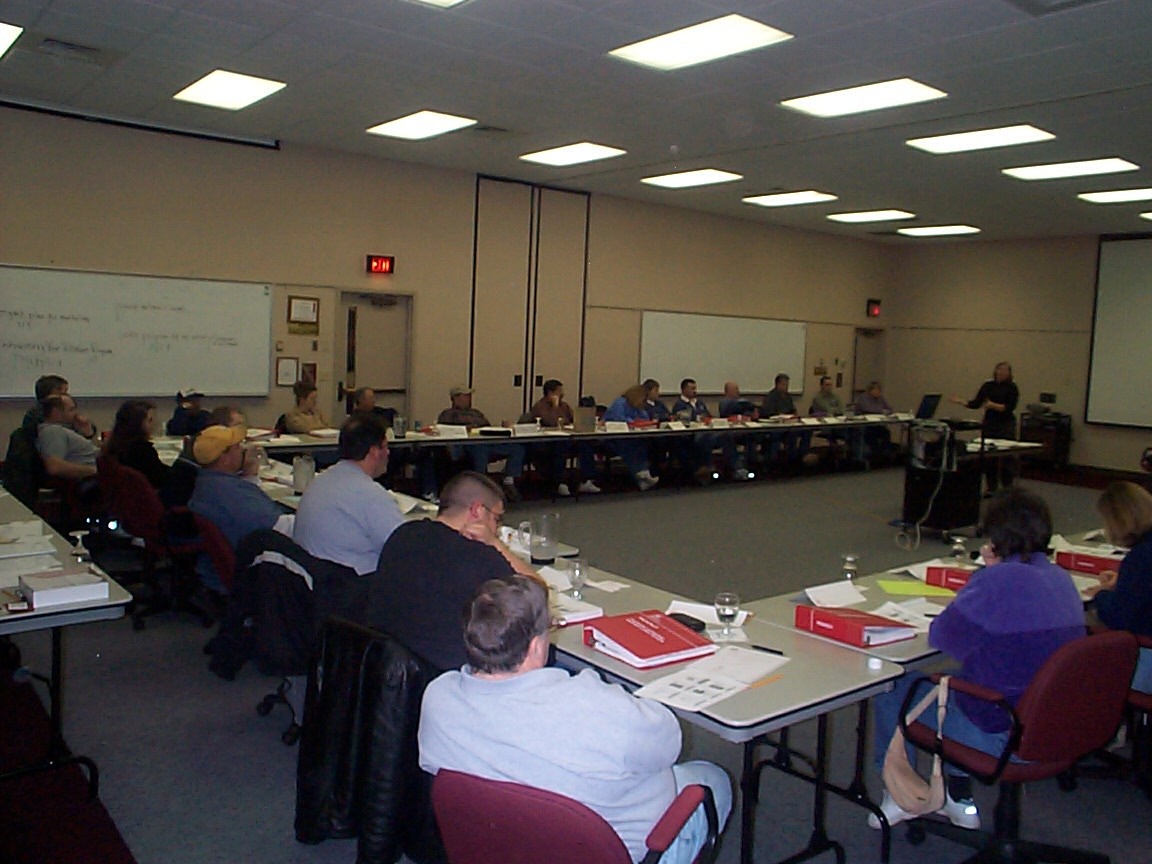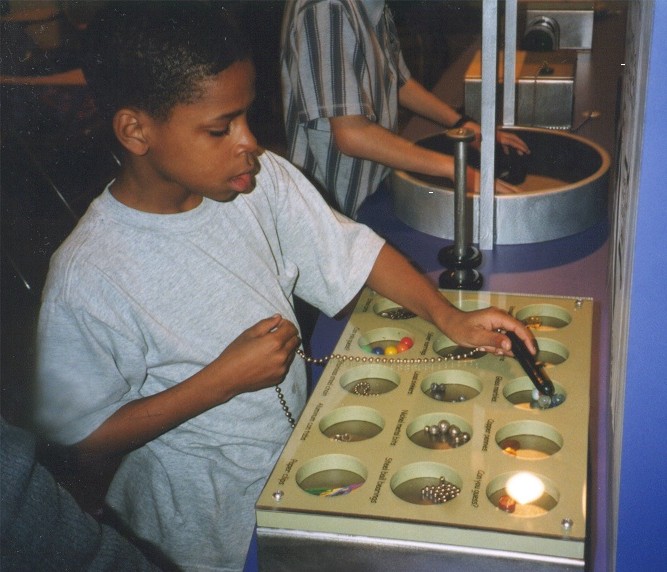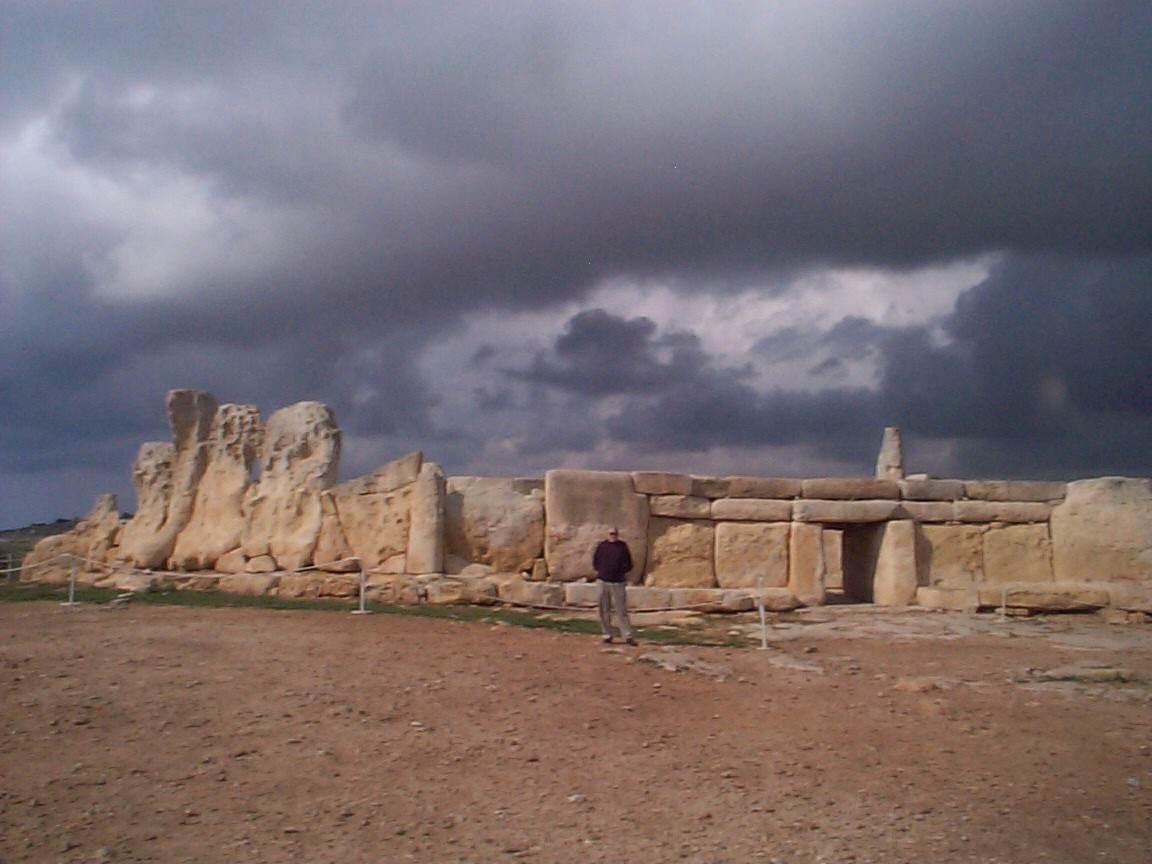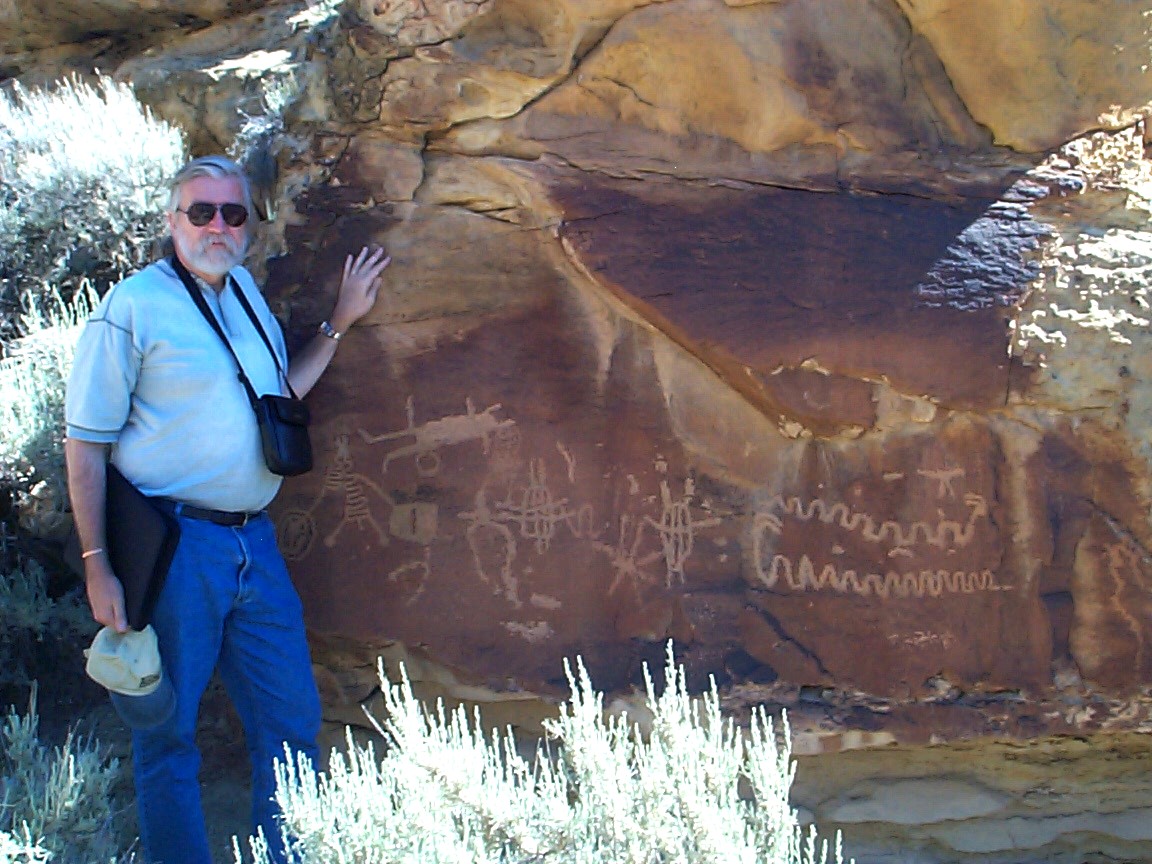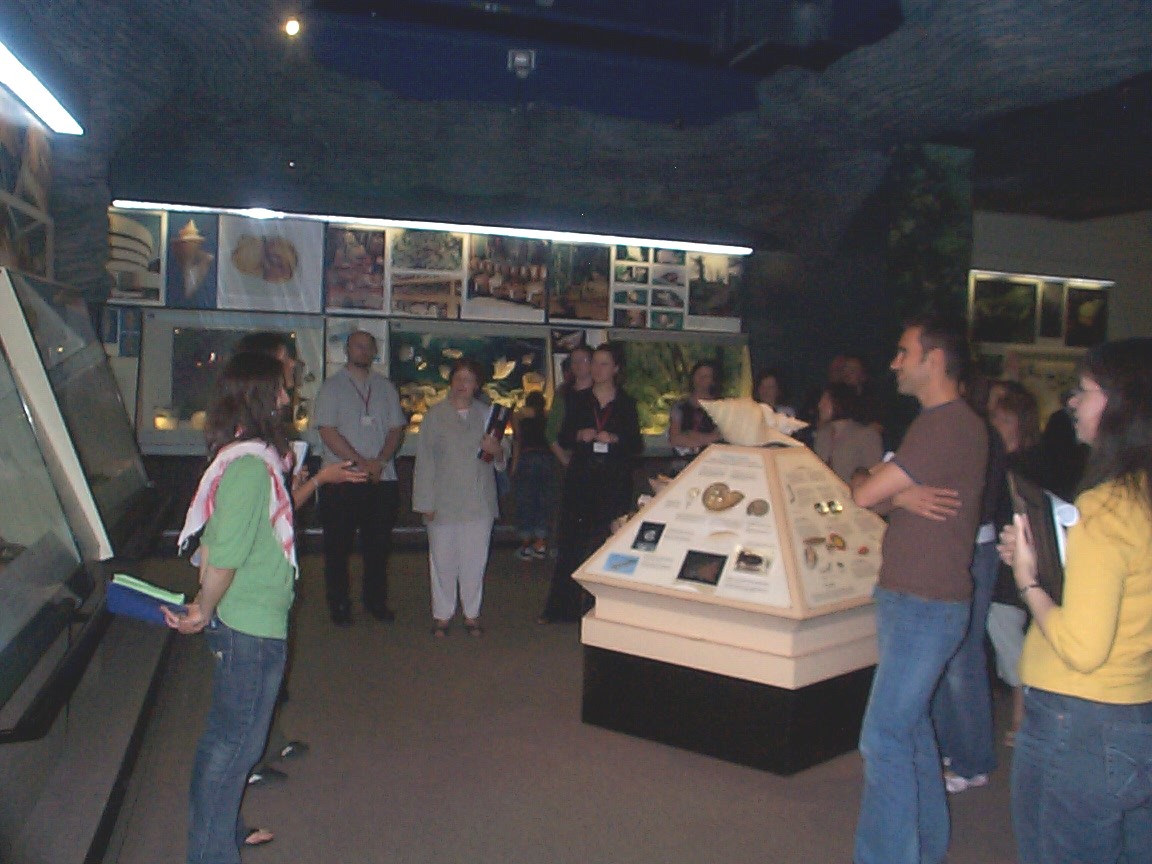The
Language of Live Interpretation -
Making Contact
By
John A. Veverka
Abstract
To be effective in interpretive communication, the interpretor must know as much about
visitor psychology and recreational learning principles as they do about the subject
matter they are interpreting. Making contact with the visitor requires that the visitor
actually understands the message or story that has been "interpreted" to them.
This paper provides some ideas and key questions for interpreting to museum visitors, and
considering their learning needs in developing the live interpretive program. A partial
interpretive planning strategy is provided on developing interpretive themes, measurable
interpretive objectives, and visitor analysis.___________
Interpreters must speak many languages! Not particularly foreign
languages, but rather the language of the everyday person. Depending on the site or
resource they are working with they may be called upon to speak:
- the language of children,
- the language of rural visitors
- the language of urban visitors
- the language of "experts"
- the language of local residents
- the language of tourists, and more.
In interpretive terms, this means that they must relate to the everyday lives of everyday
people. To help the interpretor do this there are a few general concepts and
principles of "recreational learning" that may come in handy. This paper will
look at not only how to speak the conceptual "language" of the visitor, but how
to make actual "contact" with your message or story.
Understand your visitors!
To be successful with live interpretation the interpretor should know as much about how
visitors learn and remember information presented to them as they do about the resources
or artifacts they are interpreting. It has been my experience that most museum
interpretors are well trained in the materials of the museum or historic site, but receive
little or no training in "visitor communication strategies". Here are a few
general learning concepts and principles that may be of use in preparing and delivering
your live interpretive program.
Learning Concepts:
1. We all bring our pasts to the present. Try to find out what the knowledge or
experience level of the visitors are related to your story or resource. Have they
recently been to other museums or historic sites? If so, which ones? Did they have a good
experience at those past visits?
2. First impressions are especially important. Make sure that the first impression the
visitors have of you and your program are outstanding! This may be your greeting with the
visitor at the start of the program, your appearance (are you in costume or uniform?) the
visual look of the program starting point or other non-verbal cues.
3. Meanings are in people, not words. If I were to say the work "tree", what
tree would come to your mind? We all have our own "visual dictionary" and
personal
interpretation of words. When you describe an artifact or other resource in a lecture what
does the visitors visualize? Make sure that you have the appropriate visual aides with you
to avoid "meaning" differences between you and the visitor. Be aware too that
most technical terms are new for visitors. Be sure to define them, don't take it for
granted that the visitors know what they mean.
4. Simplicity and organization clarify messages. The chief aim of interpretation is
provocation NOT instruction. During an interpretive program your job is not to make
the visitor a expert in history, science, art, etc. Your job is to inspire them to want to
learn more. Keep the program simple, focused, and fun.
Learning Principles:
Here are a few general learning principles that will help with the live
interpretationprogram planning and presentation.
1. People learn better when they're actively involved in the learning process.
2. People learn better when they're using as many senses as appropriate.
3. People prefer to learn that which is of most value to them at the present.
4. That which people discover for themselves generates a special and vital excitement and
satisfaction.
5. Learning requires activity on the part of the learner.
6. People learn best from hands -on experience.
With these concepts and principles in mind, you should also remember the following.
Visitors remember:
10% of what they hear,
30% of what they read,
50% of what they see,
90% of what they do.
Planning for Content
To help insure success with the live interpretive program, it is helpful if the program is
actually planned. Every interpretive program should be planned for success. This would
include the following planning steps.
1. WHAT? What is the main theme of the program. A theme is expressed in a complete
sentence, such as "The logging history of Northern Minnesota still affects each of us
here today". Another theme might be "The early settlers of the Rouge River
Valley found creative ways to farm the valley". The interpretive program then
"illustrates the theme to the visitor".
2. WHY? Why are you giving the program? What are your objectives for the live
interpretation? The following are the three kinds of objectives that are needed
for any interpretive program to be "planned", with an example of each.
- Learning Objectives. At the completion of the program 60% of the visitors will be able
to describe three innovative farming tools invented by Rouge River Valley farmers.
- Behavioral Objectives. At the completion of the program the majority of the visitors
will want to look at the tools in the museum collection.
- Emotional Objectives. By the completion of the program the curiosity and interest level
in the visitors will be raised so that they will be motivated to want to look at the
museum collections, and attend other live interpretive programs sometime in the future.
Remember, objectives are measurable. They are also tools to help you focus on just what
you want your program to accomplish. As you consider the theme or topic for your live
presentation, and have written the
objectives you want the program to accomplish, there are two very important questions you
must ask yourself about your program.
1. Why would a visitor want to know that? This is an important question for you to answer
about the information you are planning to present. If you can't think of several reasons
why a visitor would want
to learn the information in your program, you have a problem! This is where you RELATE to
the visitor - give them a reason to attend the program.
2. How do you want the visitor to use the information you are interpreting to them?
If you don't want them to use the information, then why are you doing the program? The
answer to this question will become
your behavioral objectives for your program.
You don't want to spend a lot of time giving answers to questions that no one is asking!
3. WHO? Who are the visitors coming to the program? What is their age level,
knowledge level, interest level, etc. How much time do they have? What do you think
some of "their objectives" for attending your program might be? Any special
needs of the visitors (visual or hearing problems, handicap visitors, etc.).
Considering the What?, Why?, and Who? parts of your live interpretation planning will help
you focus you time and efforts. The answers to the "two questions" will
help make sure the program is relevant to the visitor, not just the curators or
resourceexperts.
The Three B's.
Interpretor's are in the BENEFIT business. Your interpretive program should be planned to
illustrate to the visitors (and agency managers) three benefits. You should consider how
the program will help:
- Benefit the site or resource. For example, will the
program help reduce damage to historic structures, or help keep visitors on designated
trails.
- Benefit the visitor. How will attending your program benefit the visitor? What's in it
for them? The answer to this question is what you use to advertise the program.
- How will your program benefit the agency you work for? More memberships? More gift shop
sales? Better political "image"?
What is the Product of your Product?
In doing live interpretation it is easy to get caught up in the "interpretation"
and forget what our real product is. By selling "the product of the product" you
put the idea of your program in a context that the potential user knows and understands
(relates to). For example, in the commercial world:
- Are you selling drills, or holes?
- Are you selling cosmetics, or "hope"?
- Are you selling new cars, or status?
What is the product of the product for your live interpretation?
- Are you selling looking at artifacts or valuing the cultures/people that made
them?
- Are you selling looking at rooms of furniture or pride in the people that made and used
the furniture.
- Are you selling "collections", or the benefits to all people in the saving and
conservation of historic materials?
To make contact...
We know from years of interpretive research that the "live interpretor" is the
most powerful of all of our interpretive media and opportunities. The interpretor can
instantly "read" an audience, make adjustments in the program to help relate to
the different audiences they may encounter. They can look into the eyes of a visitor and
grab the visitors imagination and emotions. They can take a boring topic and make it come
to life for the visitors. But to be successful, live interpretation requires that the
interpretor think about and plan for their success. Being successful with any live
interpretive programs requires the interpretor to identify what they mean by success. The
successful interpretor will need to understand how their visitors learn and remember
information and how to provoke, relate and reveal the story to them. They will have a
focused message (theme) and objectives that they are going to strive to accomplish.
They never stop trying to improve their program and trying new ways of inspiring the
visitors. The reward the interpretor receives from his or her work really cannot be put
into words - a deep sense of satisfaction, pride, and more. The reward the visitor
receives from the interpretors efforts are equally as powerful. For when a trained,
focused, and inspirational interpretor meets with visitors hungry for inspiration,
something special
happens. They make contact and the journey begins.
References
Ham, Sam H. (1992) Environmental Interpretation - A practical Guide for People with Big
Ideas and Small Budgets. North American Press, Golden, CO.
Tilden, Freeman (1957). Interpreting Our Heritage. The University of North Carolina Press,
Chapel Hill.
Veverka, John A. (1995) Interpretive Master Planning. Falcon Press, Helena, MT.
John Veverka
jvainterp@aol.com

